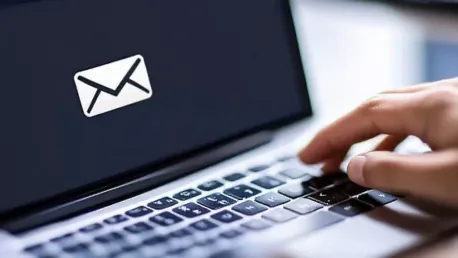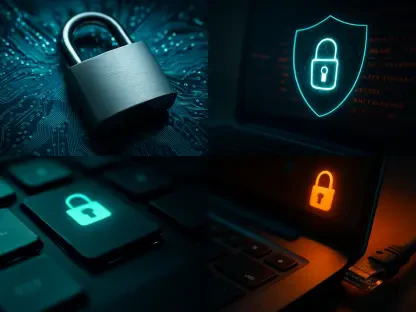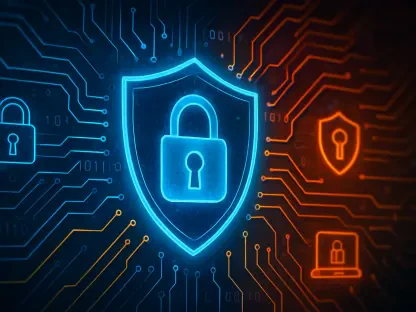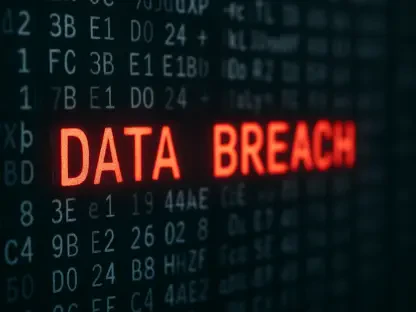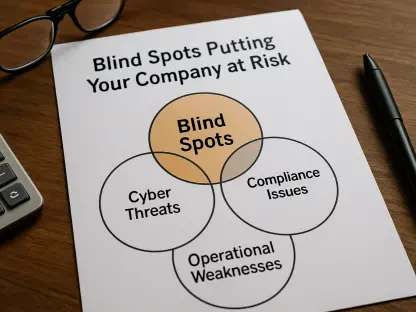Microsoft’s recent announcement on the implementation of new security requirements for high-volume email senders on Outlook stresses the importance of enhancing email authentication to mitigate spam and spoofing risks. These changes are pivotal in the industry’s forward march toward more secure and trusted communication channels.
Current State of the Industry
In the current digital landscape, high-volume email traffic faces significant challenges, prominently spam and spoofing. With increasing cyber threats, ensuring email security has become paramount for providers and users. Microsoft addresses these concerns by enforcing stricter email authentication protocols, reflecting a larger industry trend towards robust digital communication safeguards.
Detailed Analysis
Effective from May 2025, these security requirements will target senders dispatching over 5,000 emails daily, mandating compliance with three crucial protocols: Sender Policy Framework (SPF), DomainKeys Identified Mail (DKIM), and Domain-based Message Authentication, Reporting, and Conformance (DMARC). Established over a decade ago, these protocols play a key role in verifying the legitimacy of a sender’s domain, thereby reducing the risks associated with unauthorized email activities.
Starting May 5, 2025, emails that do not comply with these protocols will be routed to the Junk folder in Outlook, with eventual plans to reject them entirely. This transition applies to emails originating from consumer services with hotmail.com, live.com, and outlook.com domains. Furthermore, Microsoft encourages email hygiene practices to maintain communication quality, such as validating primary sender addresses, offering operable unsubscribe links, and transparently managing email lists and content.
Industry Trends and Forecasts
The email security enhancement initiative highlights a growing industry trend towards comprehensive email authentication measures in response to escalating cyber threats. These measures underscore the industry’s collective push for more secure, reliable email communication frameworks. Providers and users alike are increasingly prioritizing compliance and quality to reinforce trust and mitigate risks associated with high-frequency email transmissions.
Future Outlook
The main findings from Microsoft’s security changes underscore the necessity for adopting advanced email authentication protocols and promoting healthier email practices. As the industry moves towards more stringent security measures, staying abreast of compliance requirements and committing to quality in communication becomes essential.
This shift, while enhancing security, also paves the way for more dependable email interactions, potentially fostering greater user trust and integrity in digital communication. Enterprises sending high volumes of emails should strategize accordingly, ensuring adherence to these enhanced protocols to avoid disruptions and uphold the trust of their recipients.
Moving forward, the emphasis should be on continuous education and adaptation to evolving security standards. By embracing these changes proactively, stakeholders can contribute to a safer digital ecosystem, ensuring the long-term reliability and efficacy of email communication.
In conclusion, Microsoft’s new security requirements mark a significant stride towards bolstering email security. These changes aim to counter growing cyber threats, setting a precedent for the future of email communication. High-volume senders need to prioritize compliance with these protocols to maintain email integrity and trust.
